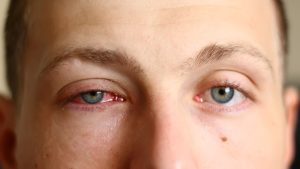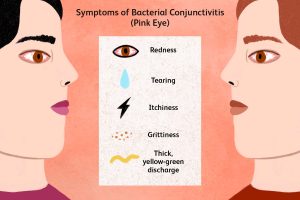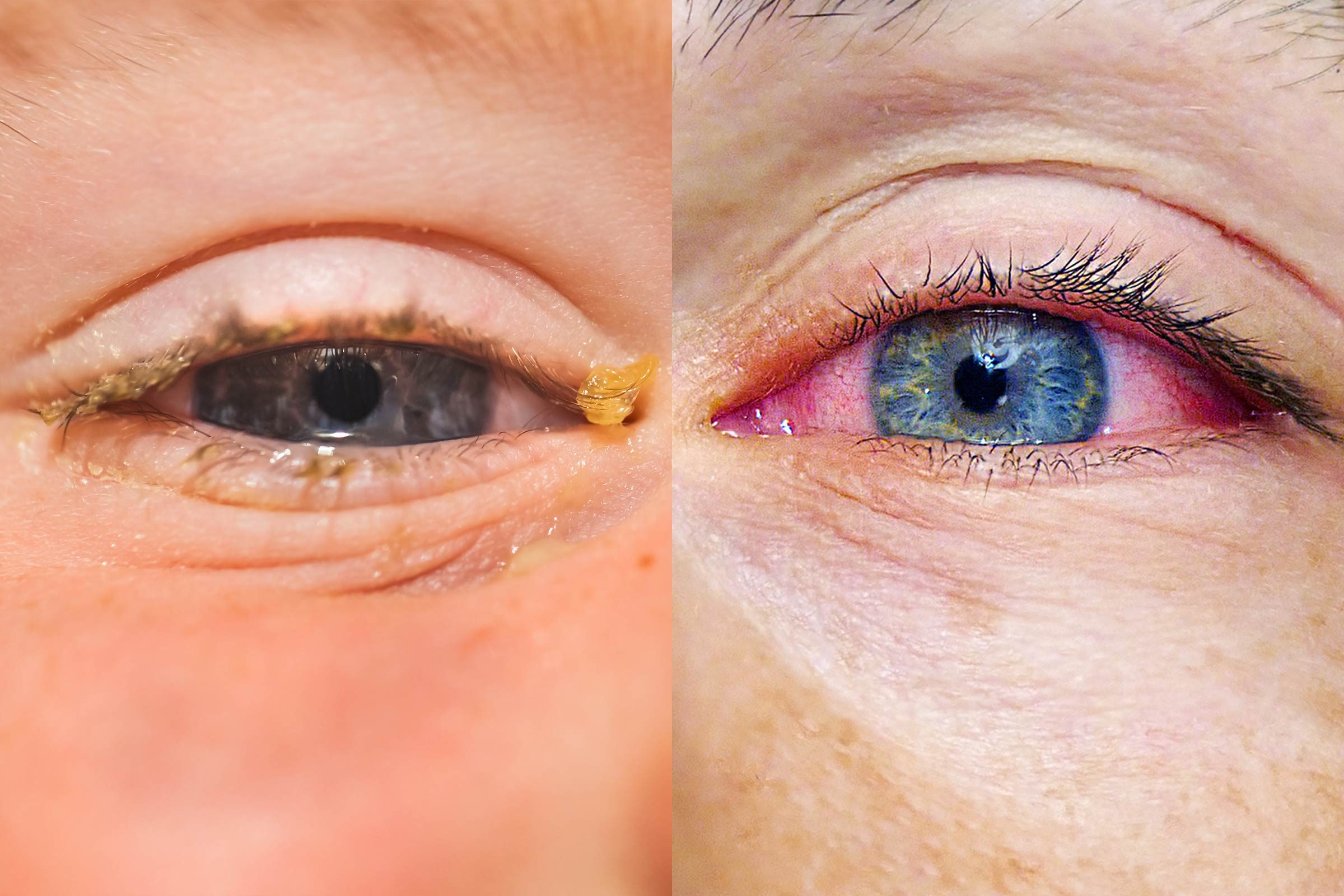Introduction:
The realm of ocular health encompasses diverse conditions, and among them, pink eye and dry eye stand out. This comprehensive guide aims to dissect these conditions, offering an in-depth understanding of their symptoms, effects on the eyes, potential correlations, varied treatments, and optimal instances for seeking professional assistance.
How do Pink Eye and Dry Eye Differ?
Overview: Pink eye, also known as conjunctivitis, manifests as infections, swelling, or allergic reactions. Conversely, dry eye results from insufficient tear production, leading to inflammation on the eye’s surface. While their symptoms may overlap, discerning nuances is paramount for accurate identification and tailored treatment.

Comparative Table of Symptoms:
| Symptom | Pink Eye | Dry Eye |
|---|---|---|
| Redness | x | x |
| Swelling of Conjunctiva or Eyelids | x | |
| Excess Tear Production | x | x |
| Itchiness | x | |
| Burning or Stinging | x | x |
| Discharge | x | x |
| Crust on Eyelids or Eyelashes | x | |
| Gritty Feeling | x | |
| Sensitivity to Wind or Smoke | x | |
| Light Sensitivity | x | |
| Blurred Vision | x | |
| Eye Fatigue | x | |
| Difficulty Keeping Eyes Open | x | |
| Discomfort with Contacts | x |
Key Points:
- Pink eye is typically acute, often triggered by infections, swelling, or allergies.
- Dry eye can manifest as a chronic condition due to insufficient tear production and subsequent inflammation.
- Pink eye induces itching, while dry eye manifests as a gritty sensation.
- Pink eye tends to be more acute, while dry eye can persist as a chronic condition.
Impact on the Eyes:
Dry Eye: Inflammation arises due to a lack of moisture, leading to a stinging or burning sensation. While mild cases may not result in serious complications, severe or persistent dry eye can potentially lead to corneal scarring.
Pink Eye: Infection or swelling causes inflammation of the conjunctiva’s blood vessels, resulting in characteristic redness or pinkness. Additional symptoms may include itching and the production of pus or mucus.
Can Dry Eye Lead to Pink Eye?
While there is an association between severe dry eye and an increased likelihood of developing pink eye, the relationship is nuanced. Tears act as a protective mechanism against inflammation and infection. However, a 2014 study suggests that dry eye may not be a definitive risk factor for eye infections.

Treatments:
Dry Eye: Various treatments aim to alleviate dry eye symptoms, including:
- Over-the-counter (OTC) eye drops, such as artificial tears.
- Prescription medications like cyclosporine or lifitegrast to stimulate tear production.
- Lifestyle changes, such as avoiding irritants, maintaining proper hydration, and ensuring good sleep hygiene.
Pink Eye: The Centers for Disease Control and Prevention (CDC) recommends different approaches for pink eye:
- Duration varies based on the cause, with mild bacterial cases resolving within 2-5 days.
- Antibiotic eye drops or ointments may be prescribed for bacterial pink eye.
- Allergy medication and eye drops can provide relief for cases triggered by allergies.
When to Contact a Doctor:
Seek medical attention if experiencing reduced vision, eye pain, worsening swelling, fever, or symptoms after surface eye scratching. Professional evaluation is essential for accurate diagnosis and tailored treatment plans.

Frequently Asked Questions:
What other conditions can people mistake for pink eye? Dry eye and pink eye share overlapping symptoms, leading to potential confusion. Other conditions that may be mistaken for pink eye include blepharitis, glaucoma, chalazion, pterygium, corneal ulcer, keratitis, corneal abrasion, subconjunctival hemorrhage, and hordeolum.
What is the first day of pink eye like? The initial phase of a pink eye infection is typically the most uncomfortable, with symptom severity peaking around days 4 or 5 of infection.
Exploring the Nuances of Symptoms and Treatment Strategies:
Understanding Dry Eye: Dry eye causes inflammation due to a lack of moisture, leading to a stinging or burning sensation. While mild cases may not lead to serious complications, severe or persistent dry eye may result in corneal scarring.
Exploring Pink Eye: Pink eye, or conjunctivitis, arises from infection or swelling, causing inflammation of the conjunctiva’s blood vessels. Redness, itching, and discharge are common symptoms.
Interconnection Between Dry Eye and Pink Eye: Severe dry eye increases the likelihood of developing pink eye, as tears act as a protective measure against inflammation and infection. However, studies offer mixed results on the definitive correlation.
Advanced Treatment Modalities for Dry Eye: Beyond traditional treatments, advanced options include:
- Autologous serum eye drops.
- Punctal plugs to retain tears.
- Intense pulsed light therapy.
Innovations in Pink Eye Management: Ongoing research explores:
- Antiviral medications for viral pink eye.
- Novel antibiotic formulations for bacterial cases.
- Immunomodulatory therapies for allergic pink eye.

Conclusion:
Distinguishing between dry eye and pink eye is a nuanced process due to shared symptoms. This guide serves as a comprehensive resource for individuals seeking a deeper understanding of these ocular conditions. Professional consultation ensures accurate diagnosis and tailored treatment plans, prioritizing optimal eye health and well-being. Over-the-counter and prescription options are available for dry eye, while pink eye often resolves naturally or with targeted interventions. Stay informed and proactive in safeguarding your vision.










